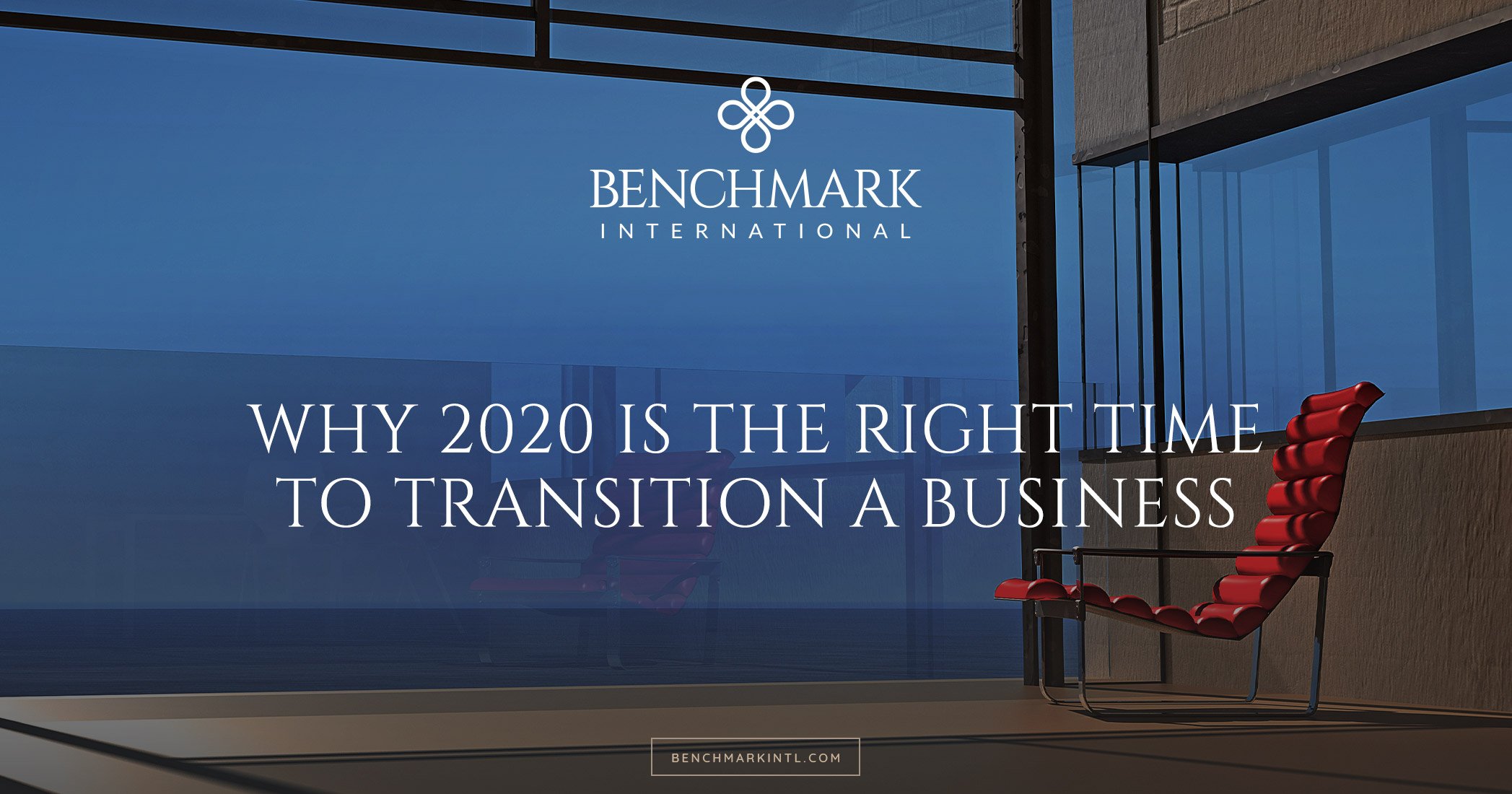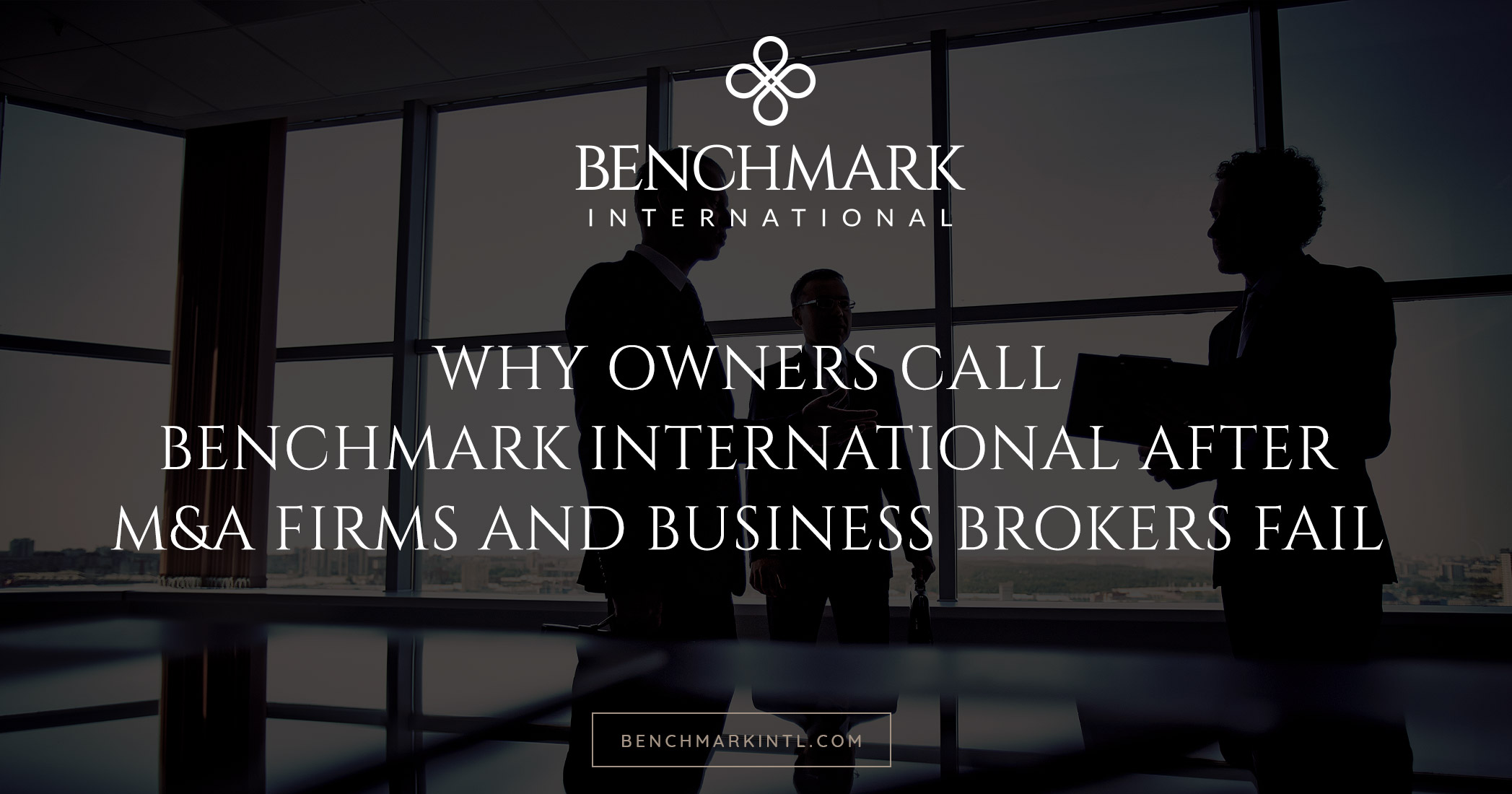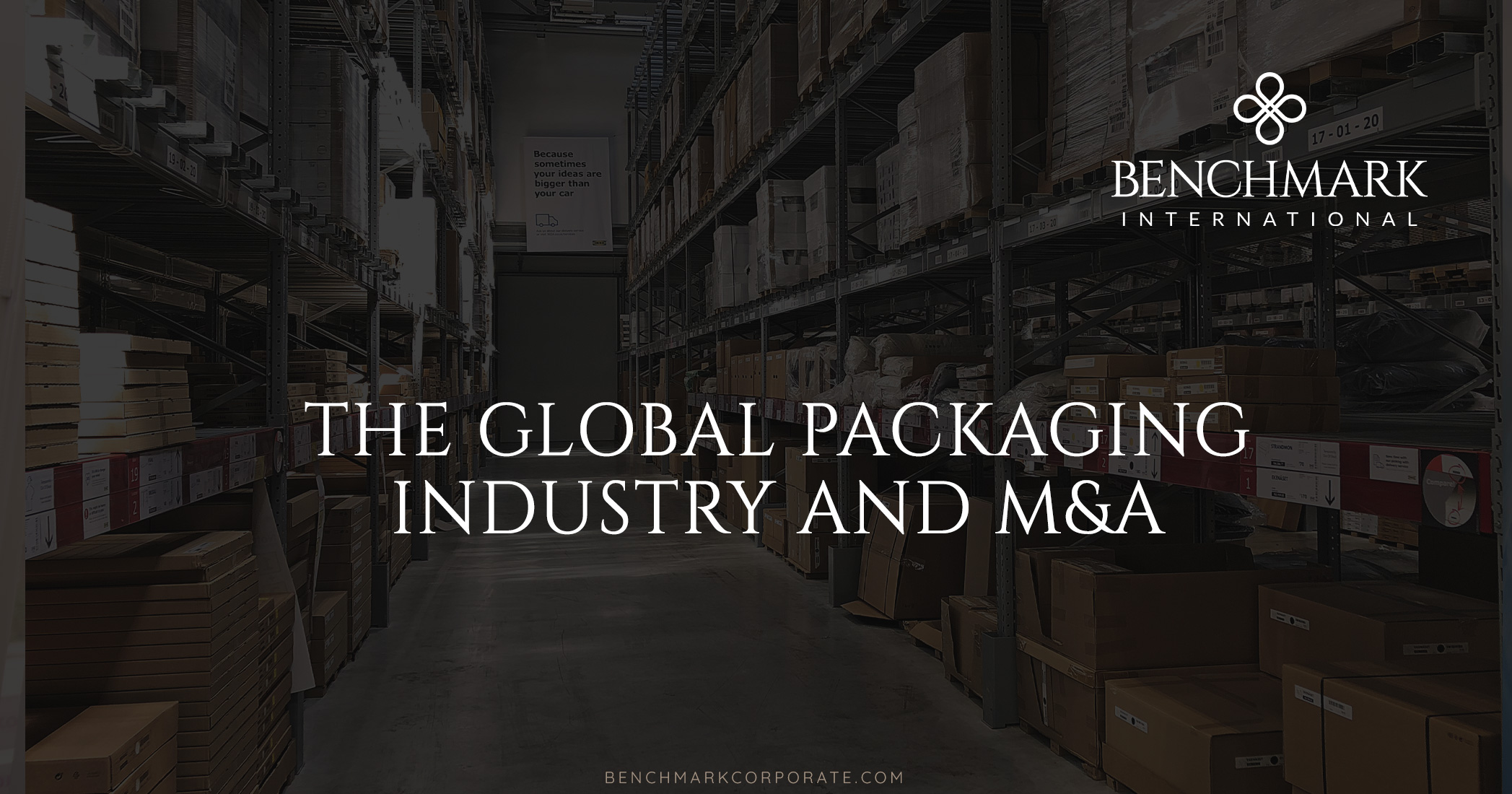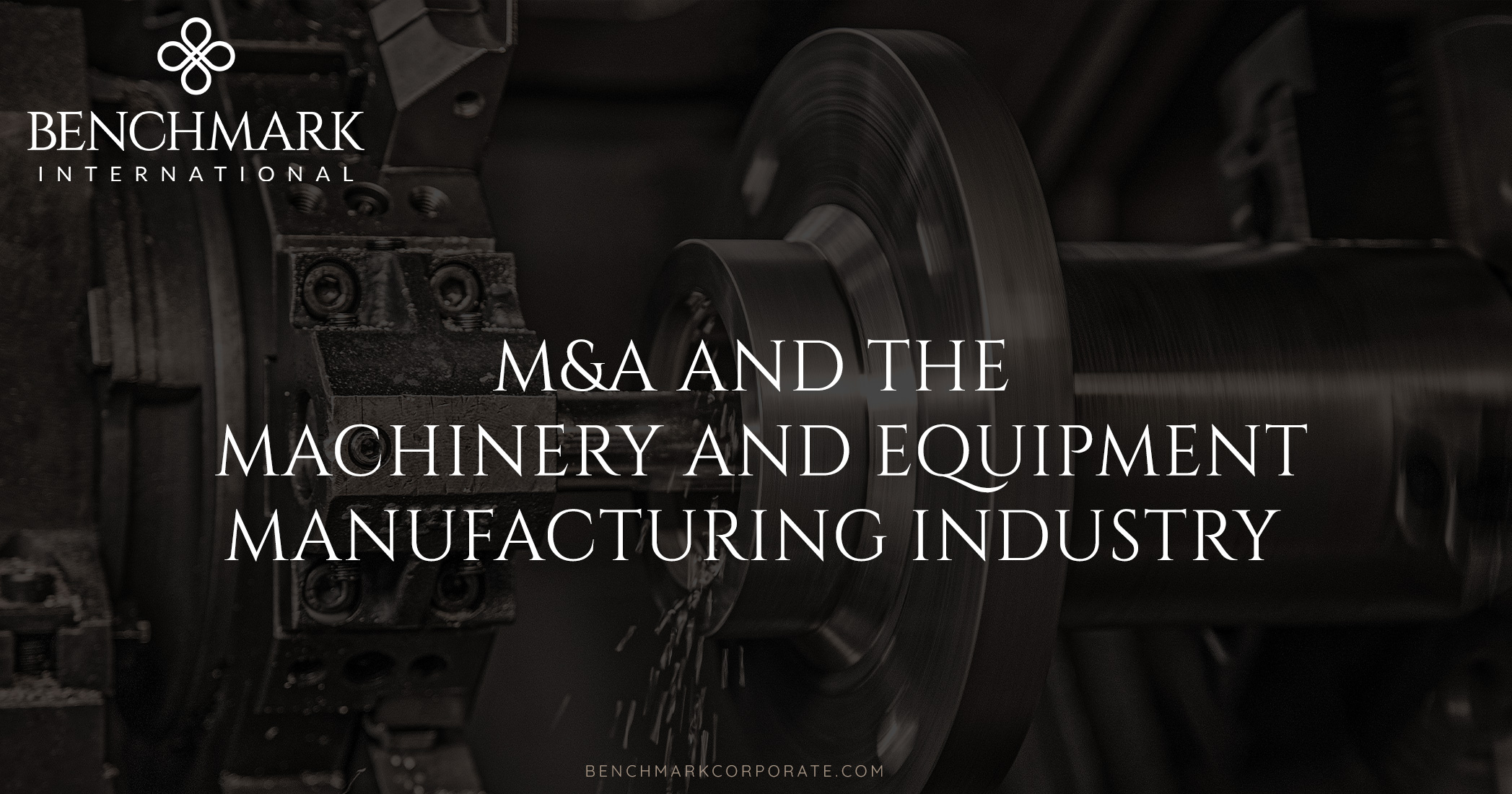In a world of billions of connected smart devices, digital technology has essentially revolutionized the global marketing industry. From social media to content marketing, the market is massive and poised for continued growth.
The traditional ad agency model now includes a major focus on digital marketing, and digital marketing agencies continue to become more prevalent and provide a wider range of strategic services and specialized areas. And more and more companies outside of the advertising and marketing industry are also developing their own in-house digital marketing arms.
In 2019, the global digital marketing market size was $300-310 billion. It is expected to grow to $360-380 billion in 2020.
On a global scale, the market size per region is:
- $110-130 billion for North America
- $120-130 billion for Asia Pacific
- $48-52 billion for Europe
- $6-10 billion for the Middle East/Asia
Online videos and mobile ad spending account for a large portion of the digital advertising space and continue to drive digital marketing spending, especially in Europe and North America. Digital out-of-home media is becoming more personalized and contextually relevant through targeted ad delivery, and location-aware and bandwidth-aware tech tools. And with the increasing emergence of 5G technology in 2020, phone streaming will reach incredible speeds and higher quality, opening up new possibilities for marketers.
Content Marketing
2020 will be a big year for content marketing in several different forms. User-generated content will be in demand as the majority of consumers report that they find the opinion of users to be more influential than content promoted by the actual brand. This content includes anything from social media posts and blogs to web pages and testimonials.
Another huge component of content marketing is video content creation. More consumers are expecting to see video content from their favorite brands. Video also keeps audiences engaged for more time versus other types of content. Live streaming is also a growing trend, as consumers are reporting that they would prefer to watch live video than read a blog post.
Social Media
Marketers are forecasted to spend $112 billion on social media advertising in 2020.
Globally, North America continues to dominate ad spending in this digital marketing sector, with the retail industry as the leading ad spender in the United States. While search remains a preference of retail marketers, video, social media, and other display formats are growing in demand to increase brand visibility. Digital ad spending in the Asia Pacific region has surpassed that of Europe, with growth driven by China due to increasing investments on technology and digital platforms. The automobile, consumer goods, and telecom sectors are the leading marketing spenders in the country.
Digital marketing has had a large impact on the commercial print side of the industry. This is causing service providers to offer more innovative value-added services such as data management and e-publishing. The demand for print services is largely driven by the retail, financial, publishing, and food and beverage sectors, especially for on-demand print materials, packaging, and other promotional materials. Additionally, increased digitalization and eco-friendly practices (such as using soy ink vs. petroleum-based ink) have lessened the printing industry's impact on the environment. Increased digitization will continue to result in more e-versions of print, such as annual reports and catalogs, and use of more online targeting channels such as email.
Direct Mail
The size of the global direct mail market is expected to reach $94–98 billion in 2020. The use of direct mail remains high in developed regions such as North America and Europe due to comprehensive customer database maintenance. At the same time, the increased use of e-mail and mobile marketing is lessening the demand for printed direct mail materials. In smaller markets that have lower Internet penetration, such as parts of Latin America and the Middle East, the direct mail sector remains strong with demand being driven by retail, travel, and real estate. To remain competitive, direct mail providers are offering e-mail marketing and other digital marketing services at lower prices.
Loyalty Programs
The global market for loyalty programs continues to grow due to increasing e-commerce, smartphone use, and online shopping customer behavior. The retail, financial, consumer, and food and beverage industries drive the demand for loyalty services, digital rewards programs, analytics, and business intel used for customization.
Mergers & Acquisitions
M&A activity regarding digital marketing and advertising agencies has high potential due to growth and high fragmentation within the industry. Traditional ad agencies and private equity firms target companies that offer solid growth opportunities. As digital advertising revenues increase, so does the global demand for more online content in an ever-connected world. Digital capabilities and relationships are a priority for traditional agencies and their holding companies as they have a need to grow their digital revenue and expand their portfolios.
Thinking About Selling?
At Benchmark International, our award-winning team of M&A experts would love to hear from you and discuss how we can help you grow your business or sell your company for maximum value. Feel free to contact us at your convenience.
READ MORE >> Benchmark International
Benchmark International  Benchmark International
Benchmark International 












































